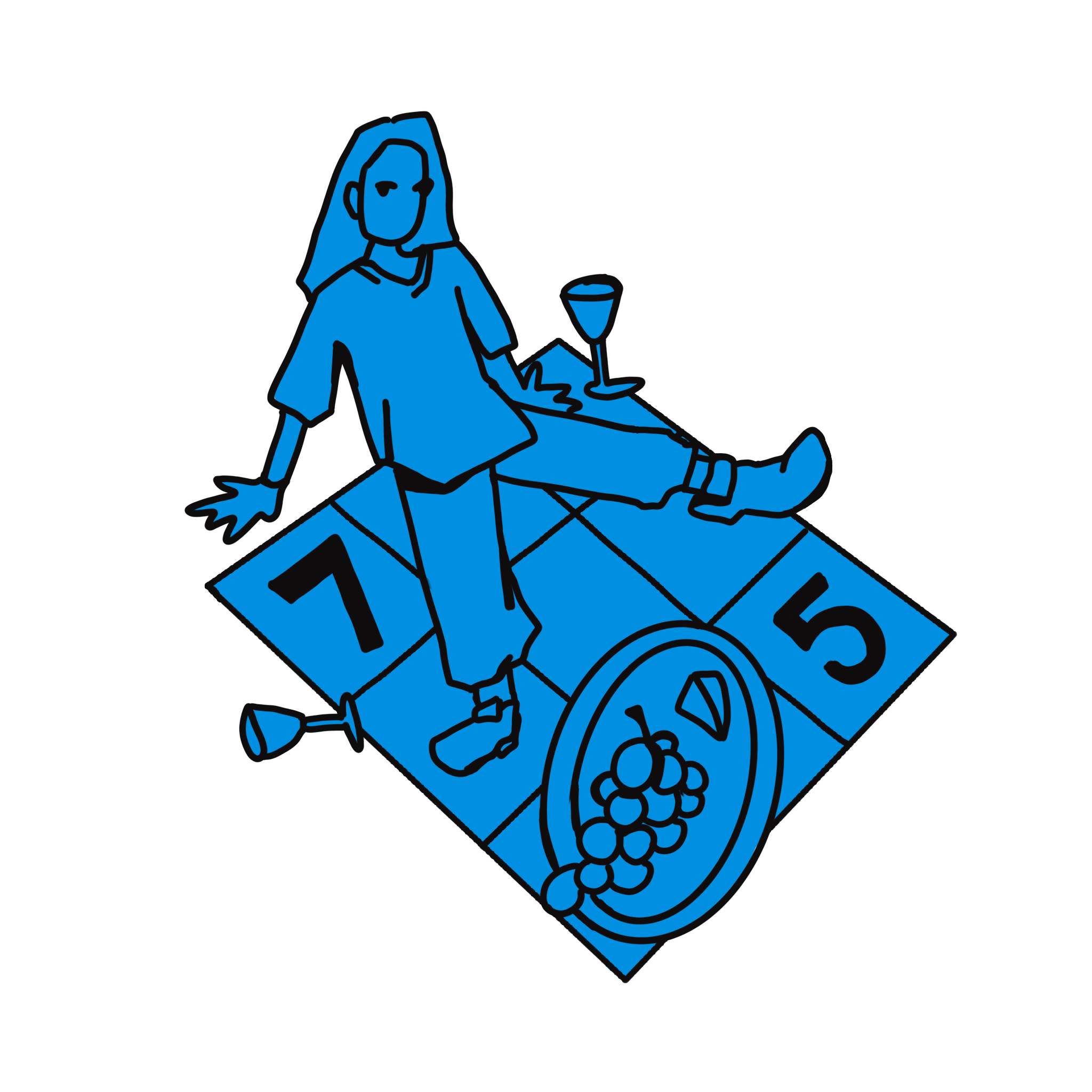Every college has its own unique culture and customs, and one of UC Santa Barbara’s features is its miles and miles of bike lanes. While these paths offer quick access across campus to class and scenic ocean views, there are a few unspoken rules that all students and faculty learn throughout the years. Pedestrians know to dodge bike lanes and surrender their right of way, while cyclists, in turn, yield to those already circling the roundabout and politely keep to the right when pedaling slower.
With fall quarter fast approaching, new Gauchos will soon begin to navigate the unique ins and outs of life at UCSB. Boarding the wrong bus or locking yourself out of your dorm, for example, are common occurrences for freshmen as they adapt to the college experience. And as many returning students know, the bike lanes can get a bit … well … messy. From cyclists’ uncertainty in crowds to pedestrians’ lack of intersection awareness, mastering the bike lanes is often a learning curve.
And even after things start to settle, there are still accidents. It’s not uncommon to see crashes as packs of students attempt to pass one another in narrow lanes at high speeds. Tales of sprained wrists, scraped knees, concussions and even more serious injuries are not infrequent.
Despite the risks, bikes continue to speed across campus, often with individuals riding hands-free, looking down at their phones or with their friends perched precariously on their handlebars. And perhaps most importantly, the vast majority of bikers forgo another potentially life-saving piece of equipment: a helmet.
Numerous studies have shown the effectiveness of a bike helmet. A 2023 study found that wearing a helmet reduces head injury by 60%, and fatal injuries by 73%. Various lawmakers also seem to agree on their importance. In California, minors under the age of 18 are required to wear a helmet when biking.
So why do so many UCSB students forgo a helmet? As it happens, this is not a trend unique to our college campus, or even college campuses in general. According to a 2012 study published by the United States Centers for Disease Control and Prevention, only 29% of adults reported always wearing a helmet, and 56% reported never wearing one, when biking in the past 30 days.
When analyzing other countries’ rates of bike helmet usage, the law and levels of compliance are not always correlated. 80% of individuals in Norway, for example, reported wearing a helmet despite no required law. While countries with required laws, such as Argentina, reported far lower levels at 37%. The 2023 study found that the best predictor for helmet use by country were effective awareness campaigns that led to a belief that they were required, while the strongest association was found to be the influence of family or peer behavior.
Gauchos, maybe it is time to reflect on our culture and the actions we take to keep ourselves and one another safe. While we might not be able to change the law, we can model better behaviors for our classmates and community. Maybe adding a bike helmet to your packing list is a positive first step. You can always loop a helmet into your bike lock so you don’t have to carry it around all day for even more convenience. As we move into a fresh school year, let us try to reduce the number of head injuries. Because, while people may resist them, public health safety measures such as seatbelts have become the norm before. Why not helmets as well?





















The study which you quote is a meta-meta study i.e. it combines existing meta studies, and it says that most of the original studies are case control studies, which are notoriously unreliable. Combining unreliable studies doesn’t make them reliable, and neither does combining the already existing unreliable meta studies. All the long term, large scale, reliable research shows that cycle helmets do not reduce the death rate of cyclists. Given that the problem seems to be inattentive, distracted riders, imposing helmets would just make it worse, as the riders would take less care because of risk compensation. Education about the… Read more »
Hey, while I can follow your impression on “inattentive, distracted riders”, I’d really like to read the “the long term, large scale, reliable research” you refer to, as the meta studies sources are exactly that. Please give references to the new ones you allure to, I’d be happy to look into them. Another important distinction: I want to mention that you are referring to death rate, while the sources of the meta study focus on injury severity of accidents involving cyclists—not only the death rate. They show that helmets can reduce injury severity. Still, if the accident is just too… Read more »
In college, everyone wants to look cool or avoid extra stuff to carry, but a helmet can save your semester or your life.
I remember visiting UCSB last year and being genuinely shocked by how fast everyone flies through those bike lanes. It’s beautiful, but chaotic. At one point, I saw a guy scrolling TikTok while riding no-hands, it reminded me of some wild stories I once read on speedx about bike crashes. Honestly, wearing a helmet feels like such a small thing compared to the risk.